Chappaqua for Responsible Affordable Housing (CFRAH) has written to the New Castle Town Board asking that it halt further approvals for the Conifer 28 unit affordable housing project until a full safety evaluation is performed by MTA. Earlier an MTA safety inspection team informally took a first look at the Conifer site at the request of our supervisor, Rob Greenstein. The safety team expressed grave concerns in the event of a derailment to such extent that they would recommend against granting Conifer the easement and “no build agreement” necessary for the Conifer project in view of its closeness to the MTA/Metro North tracks.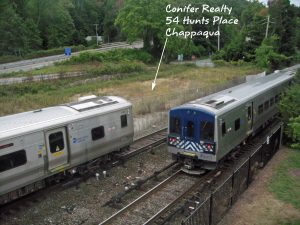
The safety team saw the potential for building collapse, loss of life and injury to occupants. The Conifer apartment building would be fifteen feet from the tracks and supported by columns from the ground floor open parking area, supporting the three residential floors above. These factors, the MTA safety team logically concluded, would make the proposed residential building vulnerable to collapse in the event of a derailment.
CFRAH was shocked to learn that MTA upper management directed the safety inspection team not to do an on-site analysis and evaluation of risk in the event of derailment or other accident. Historically there have been derailments in Chappaqua. CFRAH reminded the Town of the unpredictability of railroad accidents and the example of the horrible grade crossing collision in Hawthorne that took the lives of six commuters, two of whom were from Chappaqua.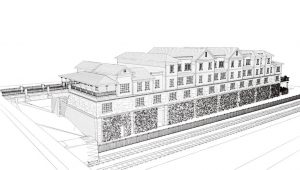
No explanation has been given for the MTA’s refusal to allow its safety experts to conduct the complete analysis. CFRAH has urged the Town to insist that the MTA safety experts be authorized and directed by MTA to evaluate the risks to the occupants of the proposed Conifer apartments in the event of collision or derailment or other unforeseen events involving the railroad and its proximity to the project.
To read the letter sent to the board, in its entirety, please see our Facebook group “Chappaqua for Responsible Affordable Housing”.
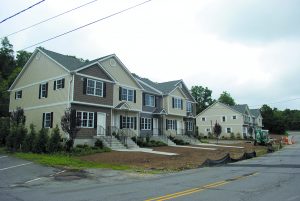
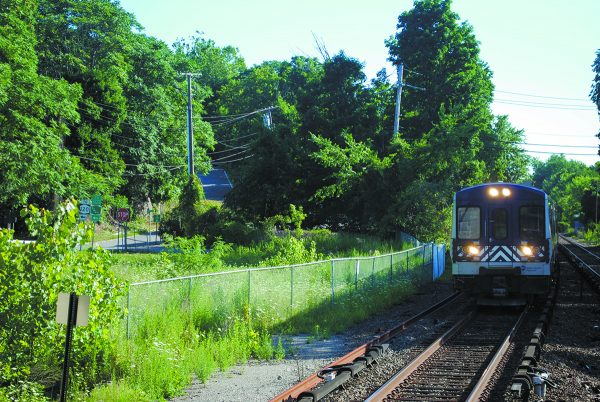

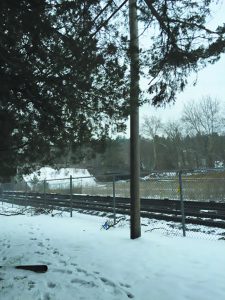
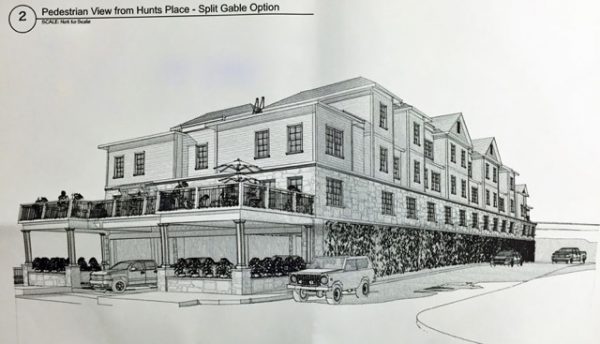


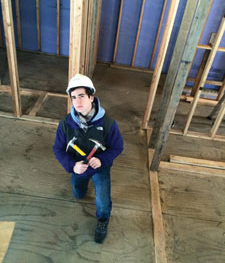 Growing up, Jim recalls hearing about the extremes of wealth in the US and the war on poverty. He also thought about community and demographics, and was motivated to become involved at a grass roots level. He believes that affordable housing creates a “neighborhood” in the true sense of the word; a community where families and local businesses are connected and grow. Today, with shifting demographics, this is more important than ever. “Generations of families living in one community is a foreign concept today,” suggests Jim. As kids grow up and move away, and older people move to warmer climates, the lack of connectivity within communities impacts everyone from residents to local businesses. Affordable housing makes it more viable for people to stay in their homes and this, in turn, maintains the community.
Growing up, Jim recalls hearing about the extremes of wealth in the US and the war on poverty. He also thought about community and demographics, and was motivated to become involved at a grass roots level. He believes that affordable housing creates a “neighborhood” in the true sense of the word; a community where families and local businesses are connected and grow. Today, with shifting demographics, this is more important than ever. “Generations of families living in one community is a foreign concept today,” suggests Jim. As kids grow up and move away, and older people move to warmer climates, the lack of connectivity within communities impacts everyone from residents to local businesses. Affordable housing makes it more viable for people to stay in their homes and this, in turn, maintains the community.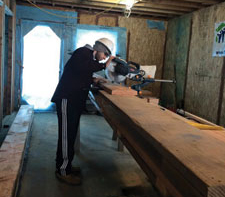 As a freshman he became very involved in Habitat Club, regularly attending meetings, organizing monthly fundraisers and going to building sites. Habitat Club members face logistical problems as their work is done off school grounds and on weekends. Transportation to and from job sites took organizing, but car pools formed so kids could arrive together. Parents also had concerns about the neighborhoods where the kids worked, the tools they were using, and the nature of the work. “This work is very challenging,” Brandon said. As his commitment became evident to Jim, Brandon was given more responsibilities and the leadership role of site supervisor. Parents trusted Brandon to drive their kids and look out for them on job sites.
As a freshman he became very involved in Habitat Club, regularly attending meetings, organizing monthly fundraisers and going to building sites. Habitat Club members face logistical problems as their work is done off school grounds and on weekends. Transportation to and from job sites took organizing, but car pools formed so kids could arrive together. Parents also had concerns about the neighborhoods where the kids worked, the tools they were using, and the nature of the work. “This work is very challenging,” Brandon said. As his commitment became evident to Jim, Brandon was given more responsibilities and the leadership role of site supervisor. Parents trusted Brandon to drive their kids and look out for them on job sites.